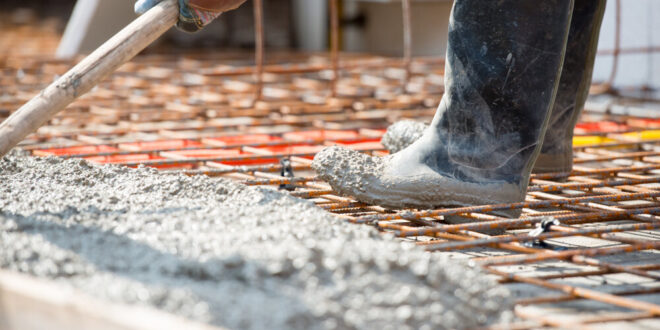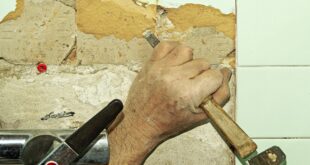In normal life, people come across various irritating and frustrating problems which are less common. They occur very infrequently. But when these situations occur, they are time-consuming, costly, and very difficult to digest.
A regular household will come across problems like a maid leaving the flat, water leakage issues, an ill-functioning of a gas stove, and the list goes on. These problems are solved only by specialists. There are repairers designated for addressing such problems.
One of these problems faced by people is a concrete foundation. When a wall starts showing wear and tear, a person will witness concrete foundation damage and breaks in between. Many people either use a high pressure concrete crack injection or hire a professional here to fix these issues.
When people perform the task of repairing a concrete foundation, they will find various challenges. They try to fix it in an unusual way without proper guidance. The following section provides some tips and the things to avoid while maintaining and fixing the concrete foundation.
Most Crucial Tips To Follow While Fixing Concrete Foundation
There are numerous hacks and ways to repair a concrete foundation. In the absence or presence of professionals, a person should follow the below-mentioned tips to ensure smooth fixation.
1. Understanding The Right Options For Repairing
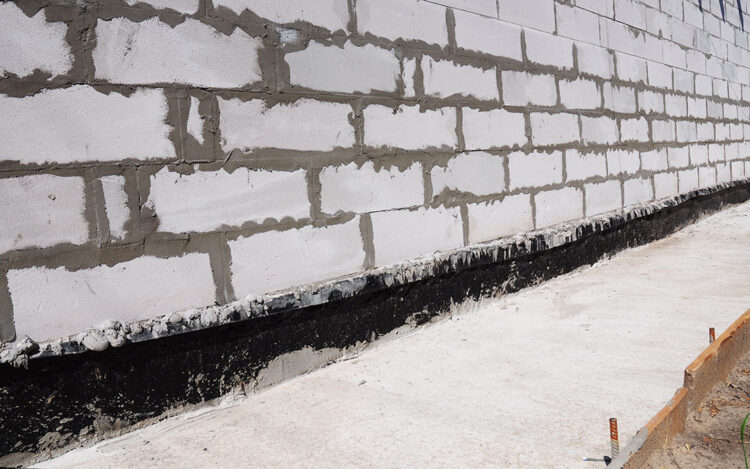
The most crucial thing to consider before kickstarting the repairing work is understanding the different options for solving the issue. Most people use either polyurethane or epoxy injections. In order to fix the issue temporarily, they should fill the crack and prevent leakage. However, filling the crack will work if the concrete damage is not significant.
On the other hand, large cracks will require a more time-consuming process. These materials or injections will not work for a permanent repair. The main problem is the bonding of the concrete area and the injection. Epoxy is a sturdy element, but there are high chances that the concrete will fail to absorb it. When the walls move or shift, the injection will automatically break off.
The most important tip here is to address and hit the weak zone. This zone can be easily seen by the naked eye where there is a thin line that is similar to breaks. A thing to avoid is to go only to fill the cracks. Apart from filling the cracks, a person should go for fixing the concrete body and getting the work done permanently.
2. Information To The Repairers And Additional Details
When people go for contractors to fix their concrete foundation problems, they should provide various details about the house. The most crucial thing is to inform them of the duration or the time since they first saw the crack in the wall.
Apart from these, they should involve in detailed conversations regarding the frequency of the cracks and previous occasions of the condition. Moreover, contractors should also know the exterior excavation of the concrete foundation. Lastly, they should understand the recent renovations or changes made in the house, like new windows setup or other fixtures.
Providing these details to the contractors will better help them know the problem and its intensity. They will take less time to get the right tools and equipment to solve the problem. They will integrate and bond the concrete using different solutions.
Most popular solutions include carbon fiber due to its excellent strength. Moreover, it also prevents water from entering through thick layers. It can help bond areas previously injected but showing cracks. The contractors should avoid being too hasty in the process. They should understand the root cause of the problem and act wisely.
3. Having Carbon Fiber As A Solution
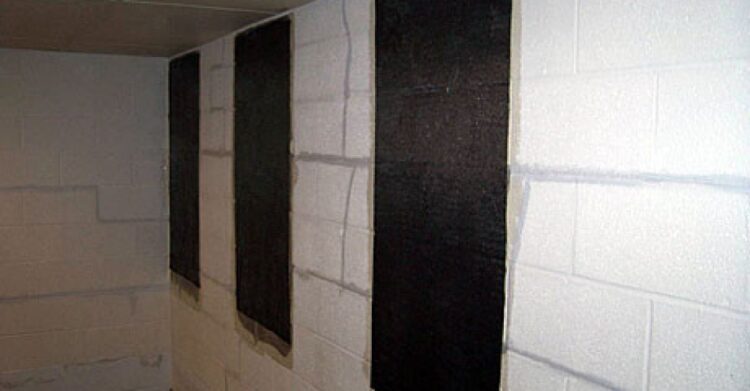
As mentioned earlier, carbon fiber acts as a brilliant solution for fixing concrete foundation damage. The most common thing to avoid when it comes to concrete foundation repair is not to use more concrete to fill the cracks. People think filling more concrete will make the wall or blocks more even.
But, in this case, they are digging the problem deeper by putting hydraulic cement in the concrete crack. People should consider stronger materials than concrete to fill the cracks injected through epoxy.
Applying low-strength materials in the concrete will make the blocks prone to re-breaking. In order to prevent such problems, contractors should use carbon fiber due to its wide application and versatility.
A plus point for homeowners is that the cost of this fiber has decreased over the years. When other materials are used, a person will be required to call the repairers again, which will overall be expensive. On the other hand, carbon fiber offers a one-time solution that is more cost-effective. Apart from the material being used, homeowners should keep in mind that the right tools are placed for fixing the issue.
4. Work On Safety
Safety is one of the topmost aspects when it comes to handling a chemical. Epoxy is a chemical that is a prime component in repairing the concrete foundation. However, experts state that there is limited harm caused by epoxy as it is a safe solution.
Even after the chemical is safe, contractors or homeowners should put on the required safety clothes and gear. These gears include rubber gloves, safety glasses, right material pants, shoes, etc.
5. Do Not Keep The Surface Untidy
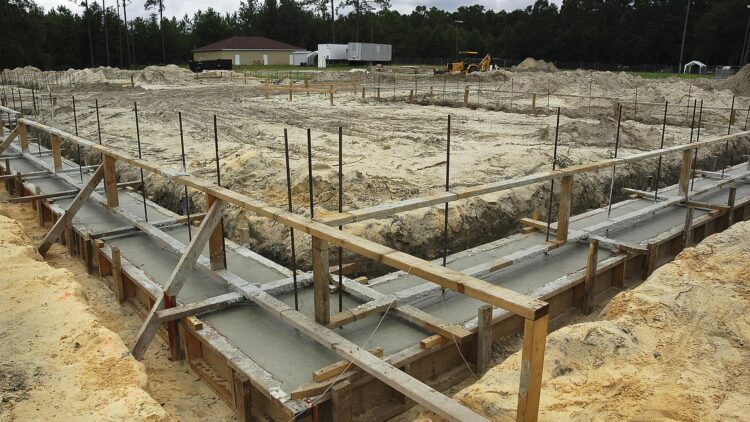
The effectiveness and efficacy of epoxy will decrease when the applying surface is not clean. It is crucial for the homeowner to ensure that the repair work should start on clean surfaces. Dust, dirt, oily, etc., surfaces will lower the bonding level of epoxy. In order to smoothen the surface, it is advisable to use sand.
Key Takeaway
Concrete foundation and damage are usual problems in every household. Many people deal with it effortlessly, while some face problems. These problems occur due to incorrect techniques or guidance. There are certain things to avoid while fixing the concrete foundation. The guide provided above gives a comprehensive analysis of these critical things to avoid and get the foundation fixed in no time.
 Hi Boox Popular Magazine 2025
Hi Boox Popular Magazine 2025
